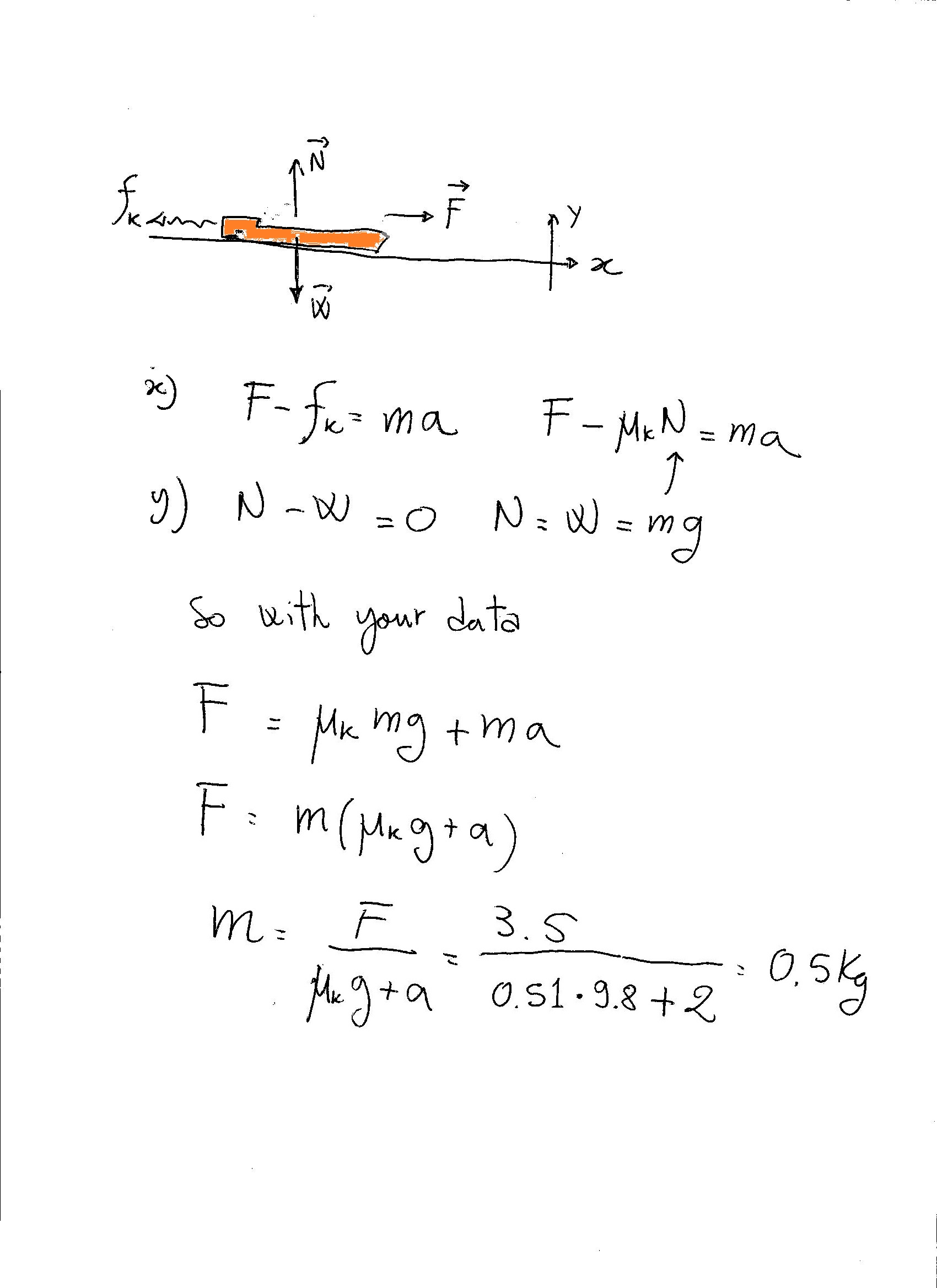

Enter the values and you'll get accurate results in no time.


Constant Acceleration Formulas and Equations – Overwhelmed with Physics? This site contains all the formulas you need to compute acceleration, velocity, displacement, and much more.The site not only provides a formula, but also finds acceleration instantly. 's Acceleration – SmartConversion offers a fast, easy way to compute the acceleration of a moving object.Classical mechanics includes translational, rotational, oscillatory, and circular motion this guide has offerings for studying each of these types of motion. Mastering its principles and calculations is vital not just for studying physics but also for understanding phenomena in the natural world. Solve: a = (0 – 22.4)/2.55 = -8.78 meters/second 2.Classical mechanics, as the study of the motion of bodies – including those at rest - is the foundation for all other branches of physics.Define the variables: v f = 0 m/s, v i = 22.4 m/s, t f = 2.55 s, t i = 0 s.Example 2: A biker traveling at 22.4 m/s comes to halt in 2.55 s after applying brakes.Define the variables: v f = 46.1 m/s, v i = 18.5 m/s, t f = 2.47 s, t i = 0 s.Write the equation: a = Δv / Δt = (v f - v i)/(t f - t i).Example 1: A race car accelerates uniformly from 18.5 m/s to 46.1 m/s in 2.47 seconds.If the final velocity is less than the initial velocity, acceleration will turn out to be a negative quantity or the rate at which an object slows down.The final result is your average acceleration over that time. Subtract the initial velocity from the final velocity, then divide the result by the time interval. The equation is a = Δv / Δt = (v f - v i)/(t f - t i). First write down your equation and all of the given variables.


 0 kommentar(er)
0 kommentar(er)
